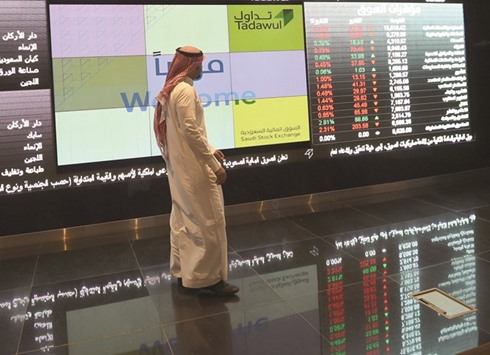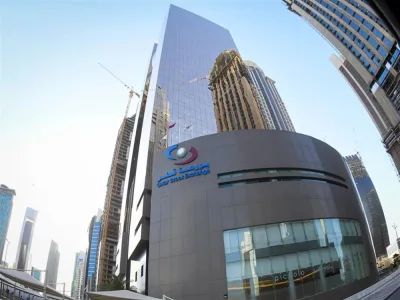Equity markets in the Middle East, especially oil-producing Gulf nations with dollar pegs, should perform better than other developing countries next year against a backdrop of higher US interest rates and rising crude prices. That’s the view of Bassel Khatoun, chief investment officer for Middle East and North Africa equities at Franklin Templeton Investments, who manages $87mn of stocks from the region. His fund had a return of 4% in the past three months, compared with a loss for the MSCI Emerging Markets Index.
Below are Khatoun’s views on key issues the region’s markets in 2017, from an interview on December 19. The answers are edited for length.
Q: How will higher rates in the US affect the region?
A: We see dollar strength as relatively positive. Countries in the region don’t have a lot of debt, particularly dollar-denominated debt. So, when compared to other EMs such as Turkey, Argentina and India, for example, we won’t be exposed in such a way. As a second point, for foreign investors that want to buy asset classes that are tied to the dollar, this region becomes quite attractive. Finally, if you look at specific sectors, some of them are actually very leveraged to a rising interest rate environment. Banks, for example, become a lot more profitable.
Q: How will global uncertainties play out in these markets?
A: We see two transmission mechanisms of uncertainties to the Mena region: the stronger dollar, which is marginally positive, and oil prices. On the second, 12 months ago the situation for oil prices was much more precarious than it is today. Opec has showed some degree of unity, and that they want to support the market. So the downsides to oil prices are much less than they were a year ago. The region is looking a lot healthier than it did.
Q: With a strong dollar, will stocks become too expensive?
A: It is a very country-and stock-specific analysis. It is difficult to raise a blanket statement on valuation for the region as a whole, but the benchmarks are trading close to 11.8 times forward earnings, which is in line with MSCI Emerging Markets. And our growth profile still looks fairly healthy. If you look at estimates for growth next year, on the corporate earnings side, it is probably around 6%. But our dividend yield is much higher: average in the region is 4.5%, while EM is 2.5%. From a valuation perspective, all things considered, I think it is fairly reasonable.
Q: What about the currency pegs?
A: The risk that the pegs will be removed is probably overstated. It is a theme that is likely to gain some traction next year, because the question of monetary independence will resurface. The US economy is resuming growth, inflation is finally back in, interest rate increases are appropriate. In the region, we have an opposite growth trajectory. Still, these are pegs that have been in place for over 35 years, and they have anchored policy and inflation expectations. In fact, they have held firm through periods when the region had higher debt and lower oil prices. I don’t see a lot of upside or value even in de-pegging. Our largest export is oil, and that is dollar-denominated.
Q: What should we expect from Saudi Arabia in 2017?
A: We cannot underestimate how important the MSCI inclusion conversation is for Saudi Arabia. What we would like to see as the next big step, in the first half of 2017, is for Saudi Arabia to undergo and execute the infrastructure changes it has promised to do. They include changes in delivery versus payment, T+2 settlement, introduction of short selling. Those are key steps.
The region weighs about 2% in MSCI EM today. Saudi Arabia alone would likely come under 3%. And with the IPO of Aramco, even in the lower range of the valuation, that could be another 3%. You could have Saudi Arabia with 6% of the index in the future. So it is very important to put us back on the map in terms of an emerging-market investment perspective. Inflows tend to happen before the inclusion. So the earlier Saudi Arabia implements the changes, the earlier it will attract those investors.

A Saudi investor monitors share prices at the Saudi Stock Exchange, or Tadawul (file).


